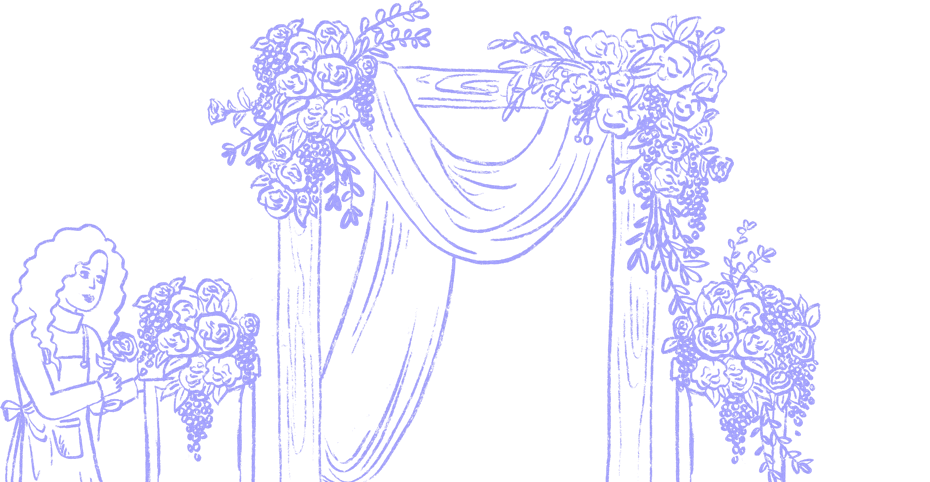Rose, Black Baccara




Months in season
| Jan | Feb | Mar | Apr | May | Jun |
| Jul | Aug | Sep | Oct | Nov | Dec |
Summary
Black is the darkest color, the result of the absence or complete absorption of visible light. It is an achromatic color, literally a color without hue, like white (its opposite) and gray (its median). It is often used symbolically or figuratively to represent darkness, while white represents lig...
summary via wikipedia
Rose, Black Baccara data for nerds
Below is a live look at how Rose, Black Baccara flowers are used in floral estimates by Lobiloo users.
Rose, Black Baccara's popularity last 12 months
Utility of this flower in recent floral estimates
Loading...
Rose, Black Baccara's inclusion by total price of event
*Detect if this flower is better suited for lower vs higher budget productions
Loading...
Rose, Black Baccara wholesale pricing and regionality
Learn whether the Rose, Black Baccara is popular in , and if you're paying the right amount.
Rose, Black Baccara's popularity by state
*Last 90 Days
Loading...
Rose, Black Baccara's recent wholesale prices
*Bell curve, represents average price per stem for a given % of florists
Loading...
